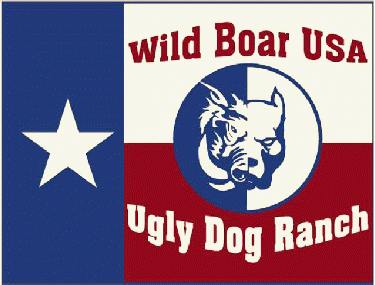|
WAARHEID
|
 |
« on: December 07, 2009, 11:18:06 am » |
|
There is an old horseman's adage that goes like this:
"What is the difference between inbreeding and linebreeding? Who's doing it. If I'm doing it, it's linebreeding. If you're doing it, it's inbreeding."
The thing about inbreeding (and yes, from a genetic perspective linebreeding is inbreeding) is that it increases homogeneity. This means that it does not "create" anything, it simply "magnifies" or "amplifies" what is already there. Recessives, both good and bad, will come to the fore.
Inbreeding is the most powerful tool in the breeders kit. And like any very powerful tool, it needs to be used very carefully and with a proper understanding.
To answer your question directly... Without knowing anything about the dogs in question and their pedigree's, it's impossible to say what any particular in/line breeding strategy will produce.
There is no need to be afraid of inbreeding, you simply need to understand that it's going to give you a painfully honest window into what you have hidden in your pedigrees, both good and bad. If you have jam-up dogs, it can help you fix that into your line. That said, if you have some obscure recessive disease hiding in your dog's background, it can also end up fixing that into your line as well. The key is selecting and culling wisely so that you continually reinforce the inbred traits you want, and dilute the ones you don't.
|
|
|
|
|
 Logged
Logged
|
|
|
|
|



